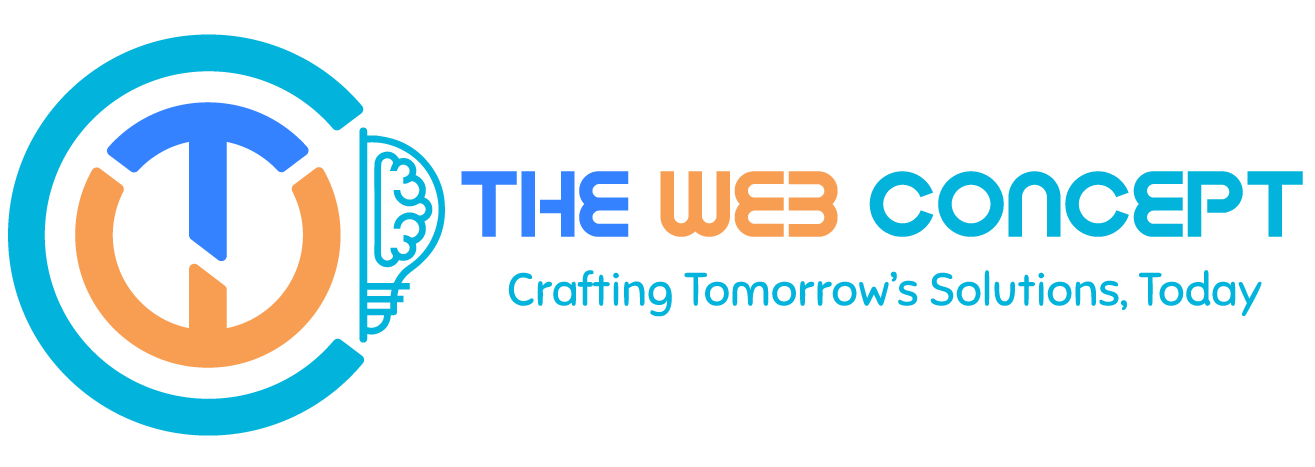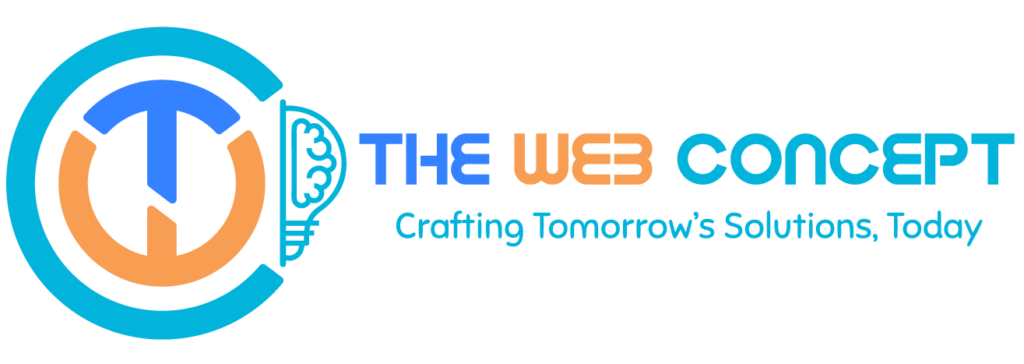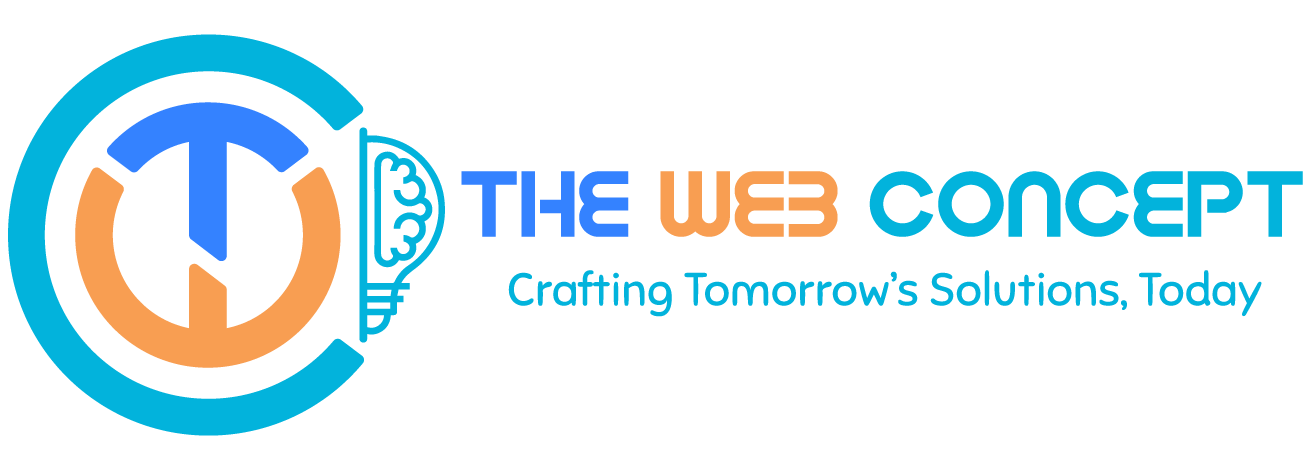Since the 1990s, Java and Python have shaped the field of software development. All have undergone significant changes over the years, becoming quite popular and generating sizable, fervent developer communities. This has fostered a long-running rivalry about which language is actually superior, known as the “Java vs Python” argument.
In the IT industry, these kinds of comparisons are typical since they help forecast future trends and highlight the advantages and disadvantages of each technology. For novices choosing which programming language to learn, they are beneficial. (For example, for this very reason, we have already compared two well-known Python frameworks: Flask and Django.)
Despite being almost 30 years old, Java and Python are still two of the most widely used and important programming languages worldwide. This article will compare and contrast both, highlight their key advantages and limitations, and determine whether there is a clear winner in the Java vs Python debate.
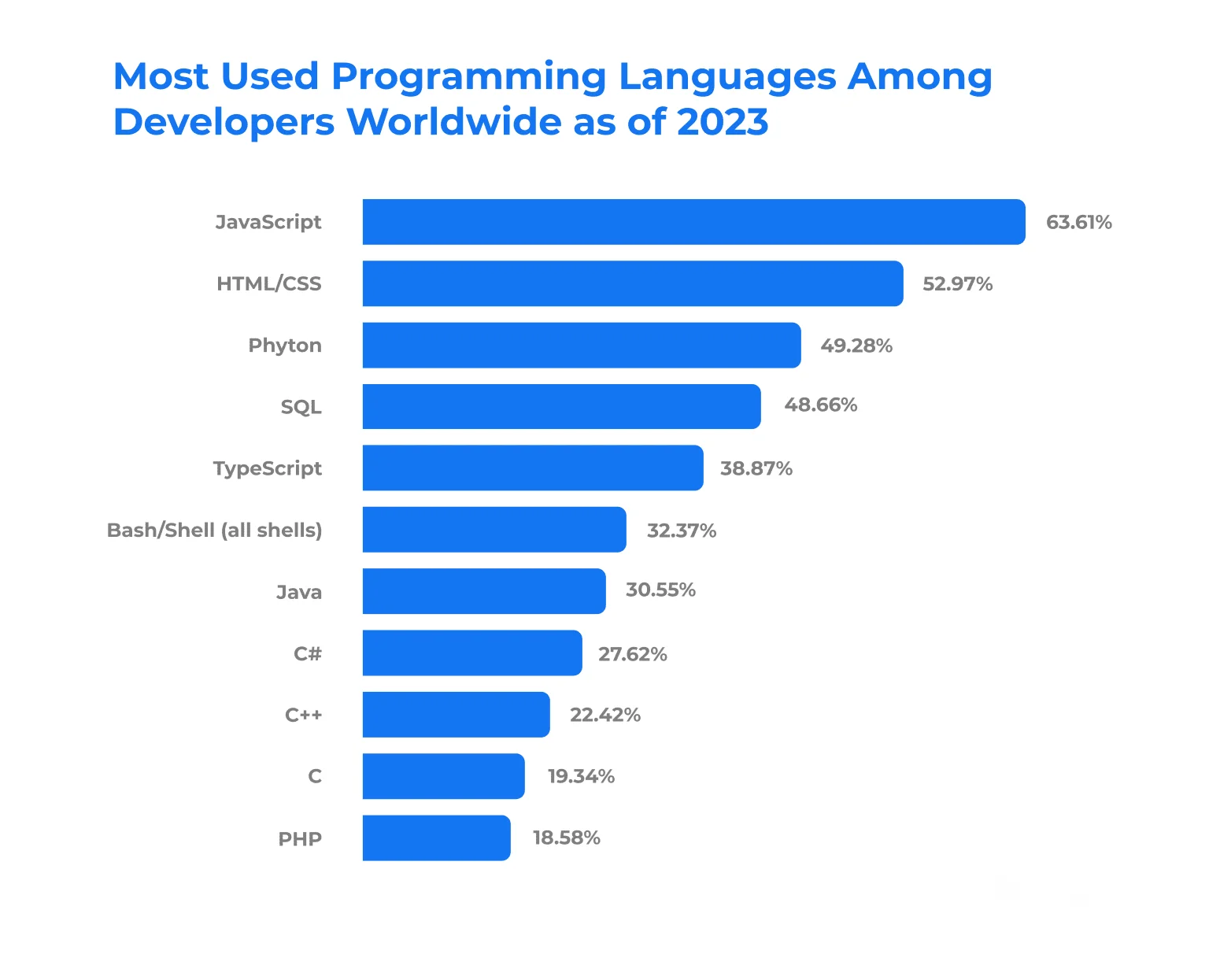
What is Java?
Introduced in 1995, Java is a general-purpose, flexible programming language that swiftly rose to prominence as one of the most sought-after resources for software development. Java gained significant traction as the main language for developing Android apps, and its popularity was further boosted by Android’s supremacy as the most popular mobile operating system worldwide.
In addition to mobile applications, Java’s object-oriented design makes it a popular option for web development and a dependable way to create Internet of Things (IoT) and Big Data applications. Learn More!
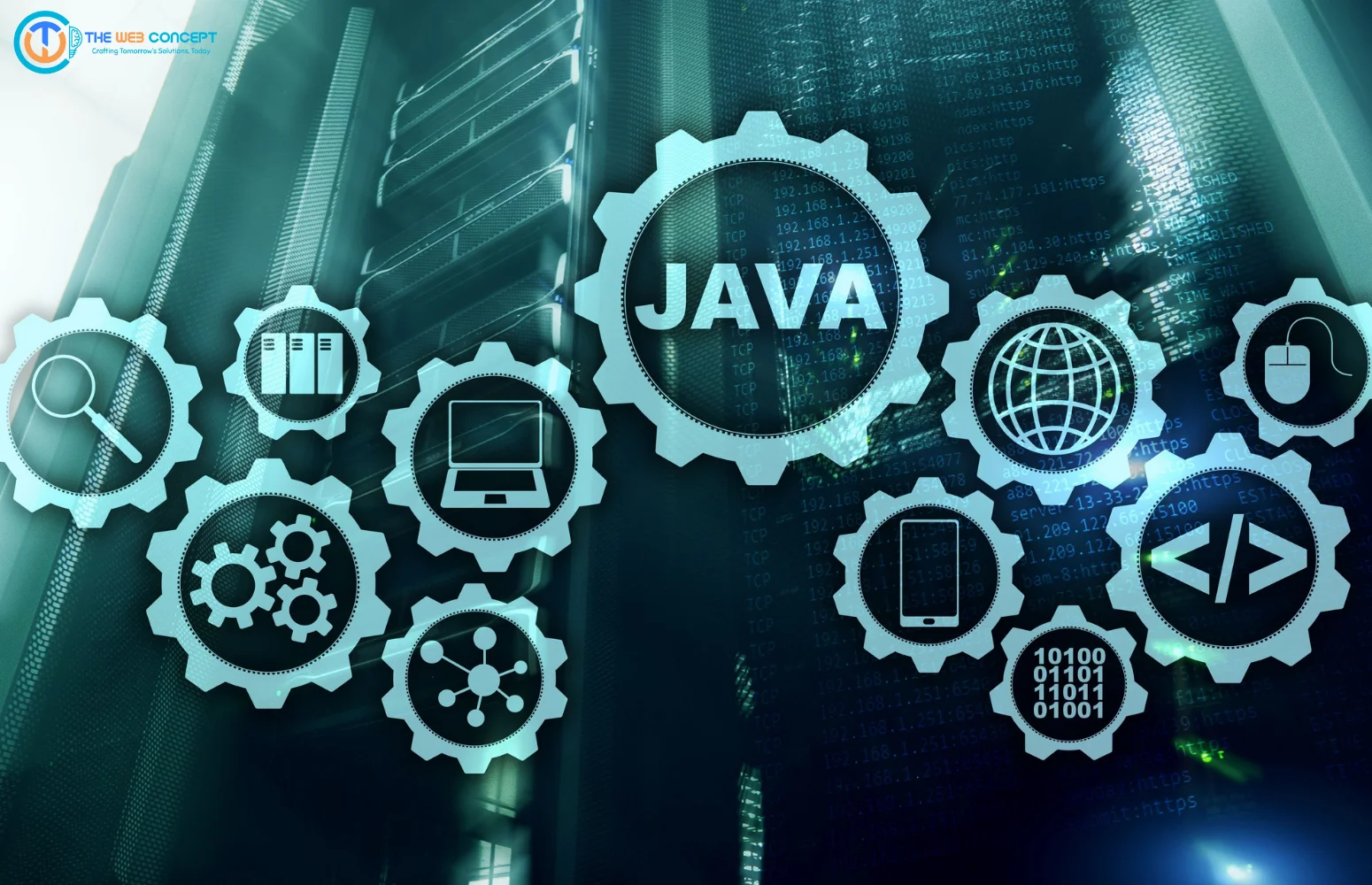
Key features of Java:
Java’s many benefits and practical characteristics are the foundation of its enduring appeal. These are a few of them.
Java is platform-independent. “Write only once and run anywhere” is the core tenet of this language. In accordance with this idea, the compiled code doesn’t need to be recompiled to run on other systems. Therefore, a device can execute Java code as long as it can run a Java virtual machine.
Java makes apps faster. Java includes automatic memory and multithreading capabilities, which set it apart from other languages. These characteristics allow Java applications to make better use of computer hardware than, say, Python apps.
Java offers greater compatibility with past versions and stability. All problems must be fixed before compilation because Java is a compiled language with static type and stringent syntax restrictions. Compiled Java applications are therefore more reliable and without mistakes than programs created in dynamically typed languages like Python.
The Java community is large and innovative. Java boasts a wide range of libraries and frameworks because of its loyal followers. To aid with coding and learning Java, the community also offers a wealth of useful documentation, educational advice, frequently asked questions, and other reference tools.
Disadvantages of Java:
Java offers many benefits, but it also has some drawbacks. Here are a few instances.
Java is “wordy.” This language is characterized by lengthy code segments.
Java’s syntax is complicated. It is typically challenging to write and read, and it frequently uses semicolons and curly brackets.
Java is hard to learn. Java is a more challenging language than Python, even with the wealth of learning resources and documentation. This is the outcome of the two aforementioned disadvantages.
Java apps might use more RAM. Java apps are frequently “RAM-hungry” because this language lacks an efficient garbage collection mechanism.
What is Python?
Python is also a very well-liked object-based programming language, much like Java. Python has prioritized code readability and simplicity since its 1991 launch. This language has demonstrated its amazing adaptability in a number of fields over the years. These days, a wide range of applications, such as machine learning, image processing, and multimedia apps, use Python and its frameworks.
Key features of Python:
Python has gained popularity and respect in the software development field due to its many benefits.
- Python’s syntax is straightforward. Its resemblance to the English language makes it intuitive. Additionally, Python is incredibly concise, requiring fewer lines of code to achieve the desired outcome.
- Python encourages rapid development. Compared to other programming languages, Python software requires less time to write and has fewer code lines because of its dynamic typing and general simplicity.
- Learning Python is simple. Compared to Java, this language has a far easier learning curve. Simple syntax, clear commands, and a wealth of instructional resources make it user-friendly for novices.
- Python offers incredibly strong libraries and frameworks. For instance, Tensorflow, Scikit Learn, and Pytorch are exceptional machine learning tools, whereas Django and Flask are outstanding web development frameworks. Additionally, Python offers a large number of libraries for data analysis, scientific computation, and other data science uses.
Disadvantages of Python:
Multithreading is not supported by Python. Python program is impacted by this trait, which prevents them from fully utilizing the capabilities of contemporary CPUs.
Python is not suitable for developing native mobile applications. This is a significant drawback, particularly when considering the “Java vs Python” contrast. With the aid of specialized libraries like PyQt, Kivy, and others, Python is still usable by mobile developers. Nevertheless, Python cannot be utilized to create native mobile applications as Java can.
Python has weak database connectivity. Python’s database access features are frequently inefficient and call for extra modules like PyMySQL or MySQL Connector Python. All things considered, it barely stands a chance against the Database Connectivity API that comes with the Java Standard Edition platform.
What Are the Differences Between Java and Python?
As the two most widely used programming languages, Python and Java share many similarities. Their contrasts, however, are what make them most distinctive. Let’s compare Python and Java and examine the most notable differences.

Syntax and Coding Style:
As previously stated in this article, Python prioritizes readability and ease of use. Because of this, its grammar is simple to read and resembles that of human communication. Java, on the other hand, has strict guidelines that call for a lot of punctuation. Java makes extensive use of semicolons and curly brackets, in contrast to Python, which employs indentation to denote code chunks. Thus, the most obvious distinction between Java and Python is undoubtedly syntax.
Coding Speed:
Python is shorter and uses fewer lines of code to accomplish a task. The fact that it is dynamically typed further expedites the coding process. Writing code is slowed down by Java’s complicated syntax and statically typed language. However, Java coding is made slightly easier by the abundance of libraries that offer ready-made solutions for a wide range of programming jobs.
App Performance and Stability:
Because Java is an interpreted and compiled language, code must first go through the compilation process in order to run as a program. If the code contains problems, the compilation will fail and return errors. Java programs typically outperform Python software in terms of speed and stability because they are compiled and error-checked before executing.
Python is a language for computation that is interpreted. Its programs aren’t pre-compiled like Java’s. This implies that any Python code mistakes will be displayed during runtime and could cause an application to crash.
Learning Curve:
Python is a popular first programming language to learn because of its ease of use and simplicity. Java is easier than, say, C++ and other older languages, but it is comparatively more complicated than Python. Java is not particularly difficult overall, although it does require some familiarity with and knowledge of general programming concepts.
Even though learning Java requires a little more work and commitment than learning Python, many beginners nevertheless choose it as their first coding language. Learning any of these languages is fascinating and simple due to the wealth of educational resources, community forums, learning courses, and other useful information sources.
Java and Python Code Examples
Here are two samples of code written in Python and Java that demonstrate syntax differences. This is how a simple operation, commonly referred to as a “good day” program, is handled in both languages: publishing a message to a user.
Java: public class Thank {
public static void main(String[] args) {
System .out.println(“Thanks for reading our blog.”);
}
}
Python: print(“Thanks for reading our blog.”)
It’s worth noting that Java requires significantly more lines of code and heavier use of punctuation compared to Python to accomplish the same task—for example, displaying the message “Thanks for reading our blog.”
Java vs Python: Which is Better for the Future?
Both Python and Java have long been among the most widely used programming languages, as this article has already said. Python is now the most popular language, with Java coming in at number four on the TIOBE index. To put this into context, five years ago, the circumstances were entirely different: Python came up at number four in this ranking, while Java was at the top.

Two trends may be seen in the TIOBE index graphs. First, other languages have recently overtaken Java in terms of popularity, which has been progressively declining. However, for many years, Python’s ratings have been anything but stellar. Python’s popularity only started to increase dramatically in 2018, despite its simplicity and other benefits that the programming community loves.
The “Programming Language of the Year” award is another useful TIOBE indicator. Python has won this award three times in the last ten years, in 2018, 2020, and 2021, but Java has only won it once, in 2015.
Stack Overflow’s annual study paints a similar picture: Compared to Java, Python is more widely used by novice and expert software developers. It is safe to say that Python appears to have a slightly brighter future based on these patterns. However, Java’s popularity is only slightly declining, so for the foreseeable future, this language will undoubtedly continue to be one of the most sought-after programming tools.
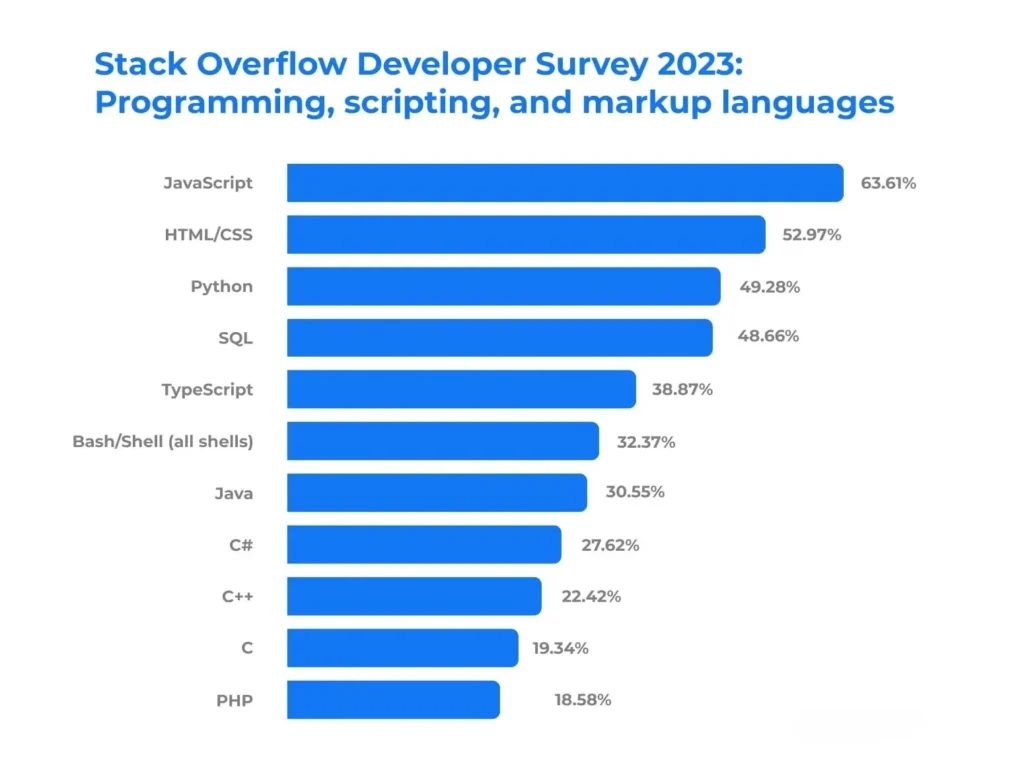
So, What to Choose: Java or Python?
The decision between Python and Java is influenced by several significant variables. Your current experience is the first. Learning Python will be a marginally better option for you if you choose to begin a career as a software developer. Java is a safe choice if you are already proficient in programming and choose to learn another language to expand your abilities and advance your career.
All things considered, Java is best suited for aficionados who can invest more time and energy into learning a sophisticated programming tool, whereas Python is best for people who wish to get started with coding quickly. A greater income will be awarded for this dedication, which is an important factor to take into account.
The region in which each language is implemented is another important consideration. Java and Python are both object-oriented and general-purpose programming languages. In real-world applications, though, each of them can be useful for some things and ineffective for others. Let’s examine a few applications for these programming languages.
When to Use Java and Python?
Java is sturdy, fast, and secure. It is widely used in such areas:
- Mobile app development
- Web app development.
- Big Data
- Internet of Things
- Enterprise software development
Java is a go-to choice when you need to build a cross-platform product with excellent stability and scalability.
Python is concise and flexible. It really shines in the following applications:
- Machine learning
- Scientific computing
- Image processing
- Task automation
- Multimedia
Python is invaluable in situations that require rapid deployment and intensive code testing.
Overall, both languages are widely used nowadays for different purposes. Currently, Java developers are in slightly higher demand among recruits than Python developers.

Wrapping Up
Despite their rivalry for the title of finest programming language, Python and Java can both excel in particular applications. Indeed, Java is well known for being a top language for developing native Android apps. But Python is also frequently used to create the backend of sophisticated mobile applications.
Consulting with a professional software developer or software engineer is the best course of action if you want to begin a new online or mobile project and are having trouble deciding between Python and Java. After hearing your objectives, specifications, and needs, they will recommend the programming language and its frameworks that are best suited for your situation.
As a business that has been actively offering software development services and solutions to businesses worldwide for more than 15 years, we have a large number of skilled professionals with strong backgrounds in Python and Java. Naturally, our talent pool encompasses dozens of additional programming tools for developing desktop, mobile, and web applications. This implies that we can quickly resolve any issues you may have with the development of digital goods for commercial use.
We have provided more than 600 software solutions over the years to companies of various kinds, from start-ups to well-known multinational corporations like Intel, Mitsubishi, Harley-Davidson, Young Living, and many more. The most notable projects that highlight our proficiency in Python, Java, and other programming languages are included in our case study area.
Fintech, healthcare, and construction are Intellectsoft’s core areas of domain knowledge. Nevertheless, we have also effectively provided digital solutions to companies in a variety of sectors, including e-commerce, logistics, hotel, insurance, and transportation.
Therefore, don’t hesitate to contact us and let us know what you need if you’re searching for a team that will assist you in deciding between Python and Java, and that will also help you create a reliable product or update your current one. The most effective Python or Java-based solution for your company will be sent to you soon by our solution advisor.
FAQs:
No, Java programmers usually make about $10,000 more a year than Python programmers with similar skill levels. In the United States, Java developers typically make $95,751 per year, whereas Python developers typically make $85,937, according to Glassdoor.
Linux is a good place to start if you're new to coding. Its initial comprehension is comfortable, and its entry point is low. Compared to Java, you will become reasonably proficient with Python considerably more quickly.
Yes, you can use either of them for this purpose without risk. Perhaps the most popular choices for backend web development have always been Java. Nonetheless, it can be used successfully for a wide range of web applications with the aid of frameworks like Django, Flask, CherryPy, and many more.
